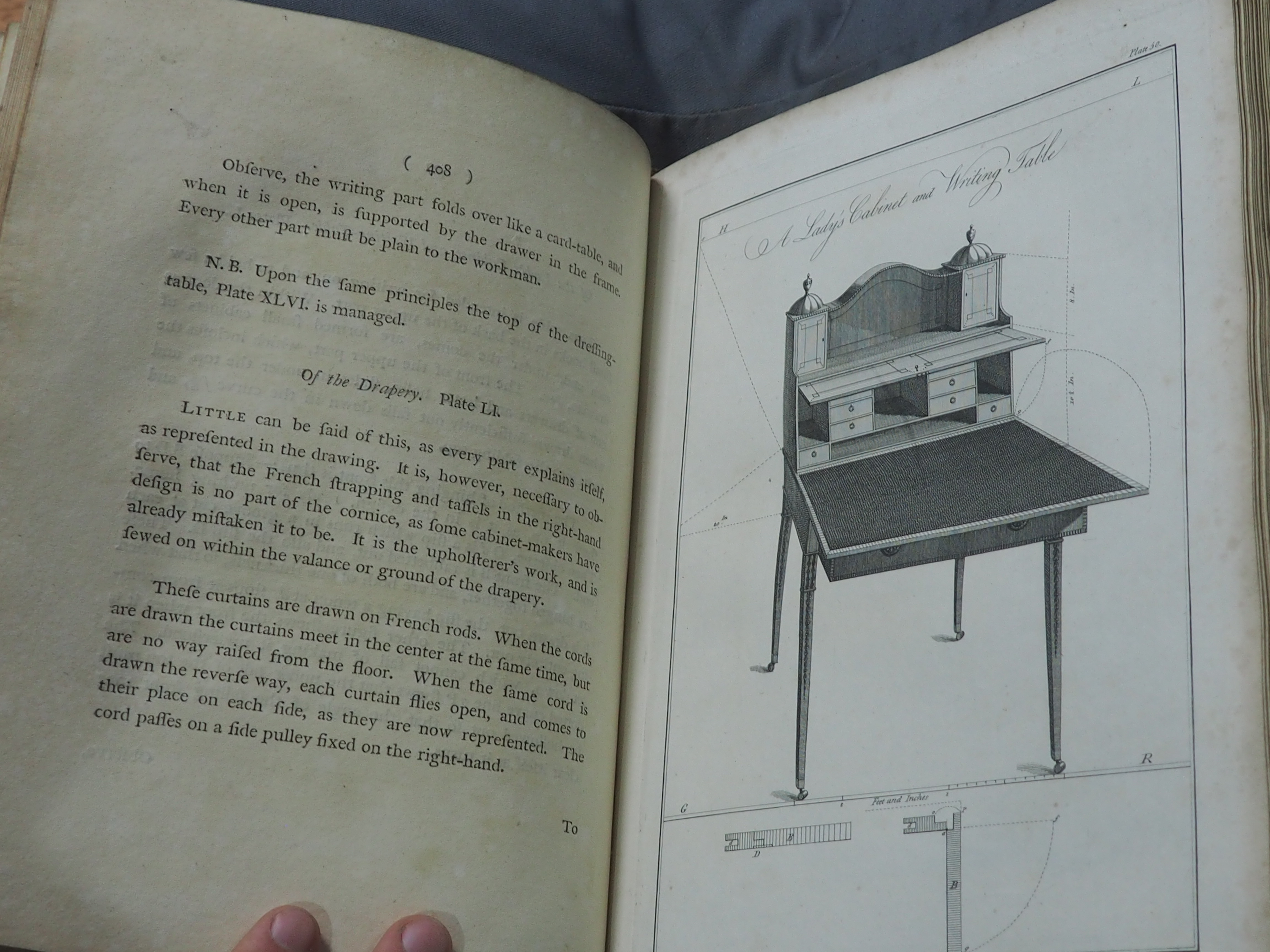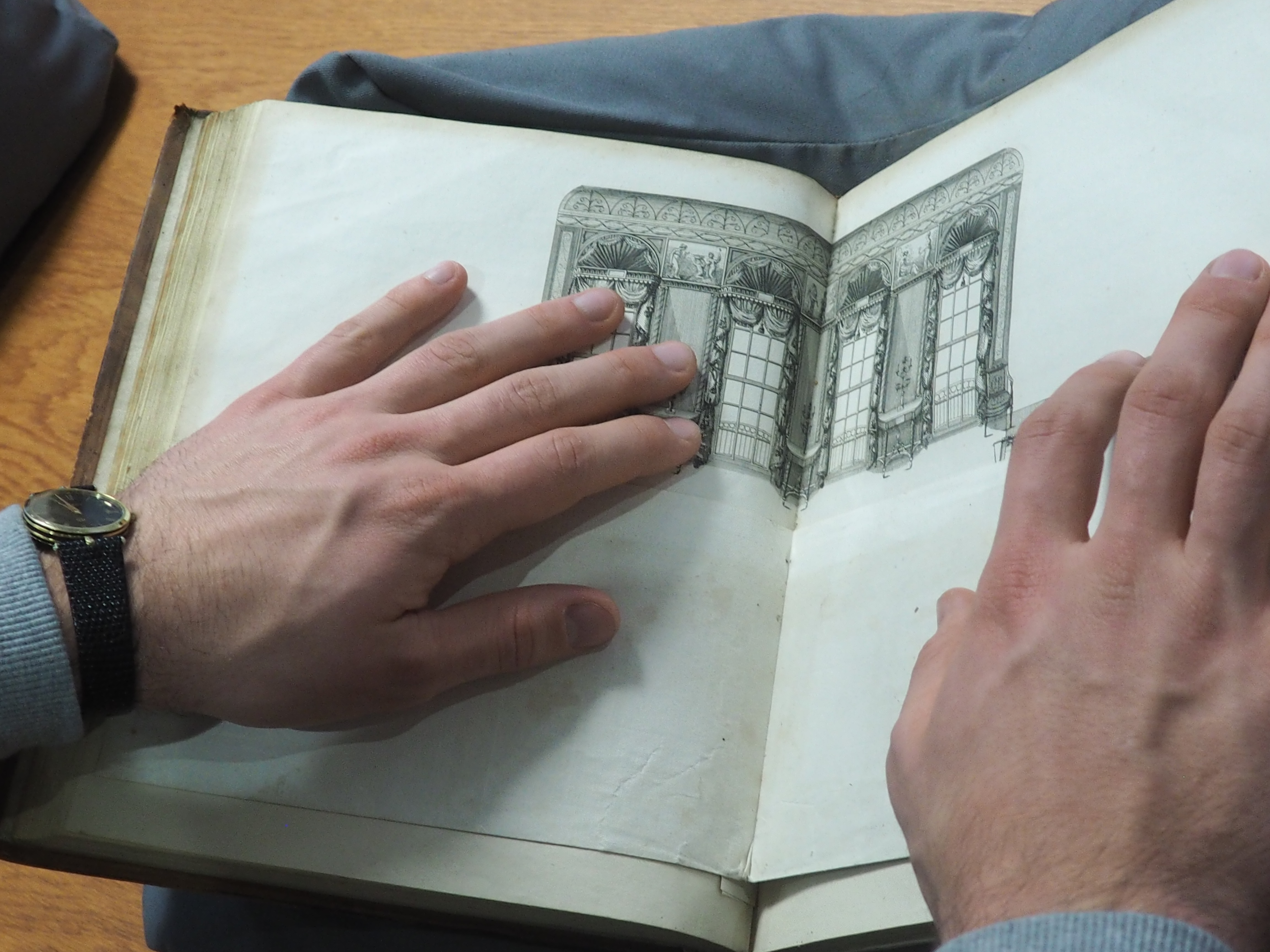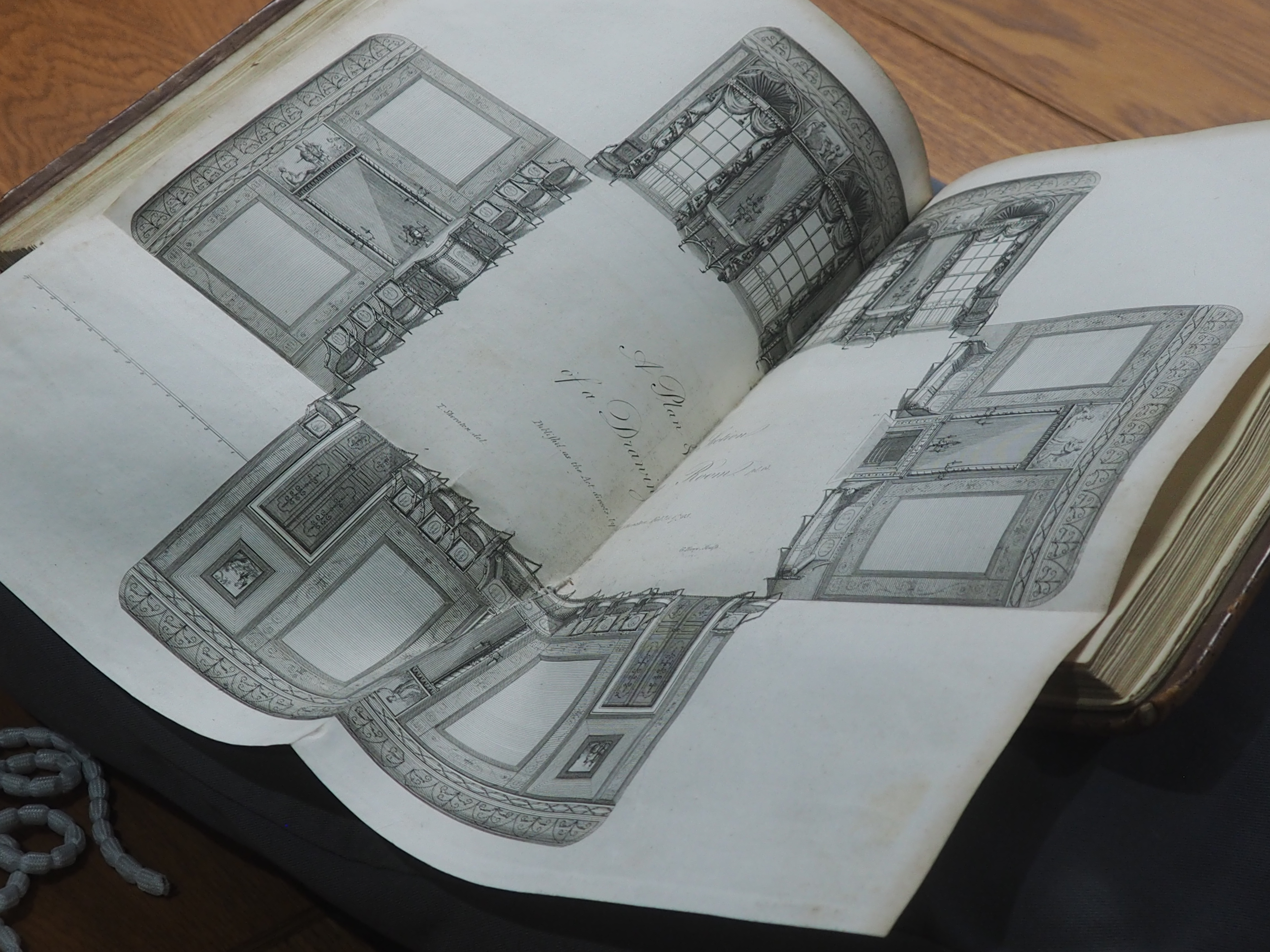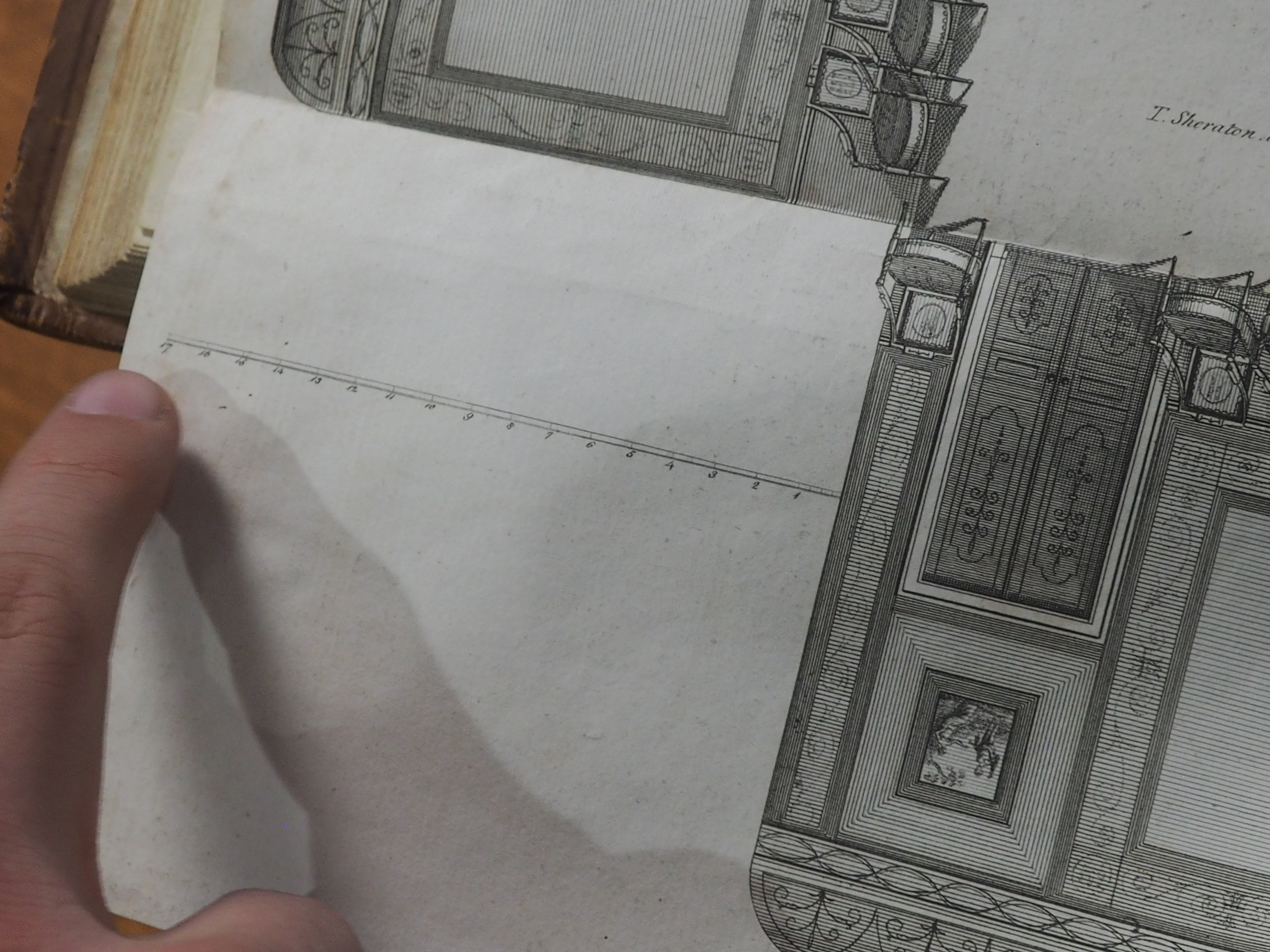Thomas Sheraton was one of the leading furniture designers in eighteenth-century England. Along with Thomas Chippendale and George Hepplewhite, he was renowned for innovative designs. Sheraton was born in the North-East of England in 1751 where he developed an affinity for furniture making from an early age. At the age of thirty-nine, Sheraton moved to London where he became a teacher of perspective, cabinet design and architecture and a professional consultant for striving designers. A year later, he published The Cabinet Maker’s  and Upholsterer’s Drawing Book in four volumes, showcasing his late Georgian style to a wider public.
and Upholsterer’s Drawing Book in four volumes, showcasing his late Georgian style to a wider public.

His book inspired the design of eighteenth-century furniture; a large number of cabinet makers and joiners subscribed to his editions. Although many of Sheraton’s designs continue to proliferate in the world today, only one piece of furniture is known with certitude to be manufactured by Sheraton himself. It is therefore important to note that a ‘Sheraton’ item of furniture refers to the design of the piece rather than the production. For example, the design of a New York desk is explicitly described as in the “Sheraton style” since it was influenced by his engraving “A Lady’s Cabinet and Writing Table.” Following the success of the Drawing Book, Sheraton published an appendix of chair, bed and table designs. The continued interest in furniture design was testament to the popularity of the Drawing Book in the eighteenth century. The copy at St Andrews includes the book’s third edition as well as the accompanying appendix.

The book’s illustrations reflect Sheraton's desire to provide useful advice and opinions to the reader regarding furniture design. This is particularly evident in Sheraton’s inclusion of mathematical details in the illustrations that diagram perspectival lines and also provide precise information about the design of drapery and furniture, amongst other topics. His “Plan & Section of a Drawing Room,” for instance, extends over two pages and must be unfolded twice to uncover the full illustration. Once opened, the engravings present a complex fusion of artistic innovation and structural detail. The plate depicts dancing cherubim murals, embroidery on upholstered chairs, classical Corinthian pillars and areas of distinct shadowing. Sheraton’s desire to feature his individual style becomes apparent in the perfectly-draped curtains and carved design of the sofas and tables.

Combined with his decision to lay each wall flat on the paper and include an engraved scale, Sheraton was sending a clear message to his contemporary readers: furniture design and lessons in taste were more than material or artistic – they were equally technical and mathematical. The plan implements a three dimensional perspective for the items of furniture to help the reader to understand how the room would be viewed whilst positioned in the living room facing each wall. Interestingly, the design illustrates the surfaces of the wall with a two dimensional perspective unlike the furniture. Sheraton explains that unlike the furniture, the walls would become distorted if displayed with three dimensions, thereby justifying the changes in perspective. He uses the light source and shadowing in the room to further develop the three dimensionality of the furniture, whilst also attracting the viewer’s attention towards his Sheraton furnishings.

Sheraton’s drawing book ultimately highlights Britain’s changing tastes from the eighteenth to the nineteenth centuries in the popularity of his innovative designs. More interestingly, he portrayed his individual style as a mathematical and an artistic endeavor, usually presenting engravings of intricate furniture decoration alongside diagrams that depicted various maneuvers and perspectives he found necessary to his designs.
Ruari Bell and Emma Rhodes
